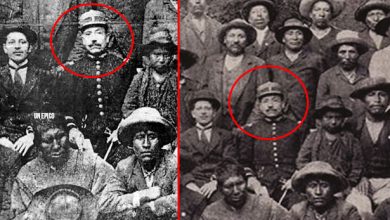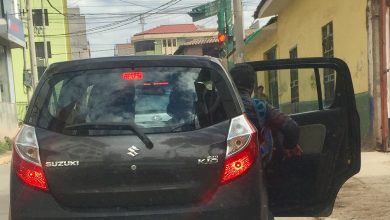Nieto’s Romance of Sicuani’s Fair

On a plain, where the canyon widens, the old town of Sicuani rises. It claims importance as a regional center and as a place where highlanders and people down canyon come together. This gathering of different peoples and goods claims an important role in indigenous Andean thought.
To go to a regional fair in highland Peru is to be surrounded with energy and excitement, People from all over gather in a meeting that both celebrates their difference and builds ties among them in buying and selling as well as in romance, drinking, and building friendships.
Cuzco’s great poet, Luís Nieto captures all this in his poem presented here in translation. Nieto was from Sicuani, an exciting place between highlands and lower valleys, as well as a railroad center and a center of the alpacas and vicuña wool industry.
Nieto picks up the tone of celebration from the beginning, when he describes the sun as if it were a Cholo, a man of the town who had been drinking with buddies and hustling women. He continues this joining of nature with people when not only do people from all over arrive with their distinctive dress and products, even the mountain winds come in sounding their pututus, their horns like wind roaring through a canyon or like lighting rumbling in the distance.
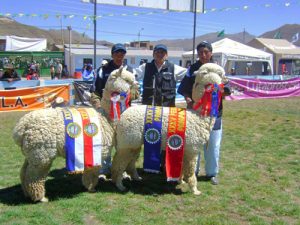
Not only is this a poetic device, it is something deeply lived in the Andes where nature is the stuff of scripture and cosmogony. People play close attention to the sky, the winds, and the land because it tells them about their neighbors and themselves. It shows them the past, present, and future.

For many of this, it may seem Nieto is personifying the sun, yet as anthropologist Viveros de Castro notes, indigenous peoples of the Americas see a common humanity as unifying things that we Westerners see as separated. Their nature my be different, sun versus people, but they share realities like getting drunk with friends and going to market.
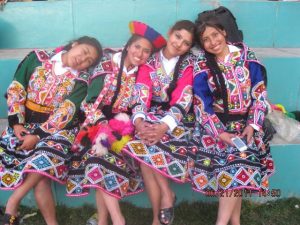
The hum and roar of the market, as it brings all kinds of people together, is also a means of understanding nature. It is much more than a commercial or social event, it is a mandala of the cosmos.
In his poem Nieto mentions people known at the time, like the musical group “Los Tigres”, the tigers, and people such as Crazy John and María Vera, personages we do not know–their years are long past–but who now stand as types you can easily see in contemporary markets and fairs. Of course things do change. Nieto also writes of a time when Cartavio Rum was actually made in Peru, in the sugar cane region of the north, and made its way to this high valley of Sicuani and its fair.
Nieto is indeed a master of portraying Cuzco in verse.
Romance of Sicuani’s Fair
For Lizando Guerra and his Tigers (Los Tigres)
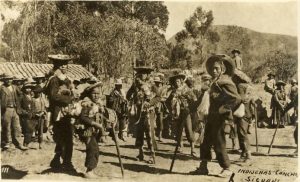
A tricky market sun
is drunk in the sky.
He spent Saturday night
partying in the cantinas.
From drinking so much
he burns all by himself.
(To cool him in the river
they try to shoot him down.)
The morning fries
because of the drunk sun.
_______
The mountain winds
are arriving at the market.
They have brought their horns
and in their eyes two cliffs.
The breezes their companions
with their carnival of songs.
Dew of the women’s laughter
breaks out in the fields.
_______
From a hurricane of skirts
the sky has taken on a flag.
The Indians spread in the sun
beautiful red ponchos.
On their heads, their caps
shout with joy;
as if the rainbow had
a thousand bell towers.
The day jumps with wonder
as in the feasts of the hunt.
In a meeting of colors
the plaza is burning.
________
From the hour of dawn
all the Indians are coming.
They have come to the fair
from far away places.
There they are from all over
with cargo and with bundles:
the weavers of Hercca
and the potters of San Pablo;
Those who make instruments
even those who sell toasted grains.
The merchants of Chumbivillcas
and those who come from Kollao.
The Indian who brought wool
and the Cholo who bought it.
He who came from the valley,
transparent, almost white.
He who trades in coca
and he who offers amaranth.
No one can make mistakes,
because dress speaks clearly:
neither Canas with those from Canchis
nor Collas with the Qorilazos;
nor the Indian from Suyo-Chumo
with he who comes from Layo.
_________
Everything is found in the fair,
even for the most refined of tastes.
The delicious fruit of Cuzco
and the sweet bread of Acomayo.
The vegetables of Arequipa,
the shrimp of Tambo.
The corn of the gorge,
the onions of Chihuaco;
the cheese of Santa Rosa,
the fresh fish of the Lake,
and the white brew that costs
only ten coppers a cup.
__________
Nothing is missing in
Sicuani’s fair in its Market.
Not the sly women
with their peach-like faces,
nor the Cholo with his flair
who pulls love with his charango.
Nor the “Tigers”, nor Crazy John
with his excellent anisette,
nor our María Vera
of the chicha and “fine service”,
with her famous clientele
because of the “long drink”.
Nothing is missing from the fair,
Sundays in the Market!
After a day with a fever,
finished now his work,
supporting himself on the hills
the sun wobbles away.
He leaves thirsty and barely,
wanting to toss back a drink.
(I bet he will “enhance it”
with a good Cartavio Rum.)
Sometimes he gets lost for days
and you cannot find him.
(In the sky’s cantinas
they always find him drinking.)
Luís Nieto Miranda
(translated by David Knowlton)


